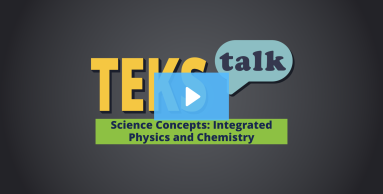
Knowledge and Skills Statement
Research
Enderle, Patrick, Natalie King, and Lauren Margulieux. "What's in a Wave? Using Modeling and Computational Thinking to Enhance Students' Understanding of Waves." The Science Teacher 88, no. 4 (2021):24-28. https://par.nsf.gov/servlets/purl/10221223
Summary: Teaching about wave structure and function is a critical element of any physical science curriculum. To expand upon available resources, the authors developed a series of instructional activities that deepen students' conceptual understanding of waves by engaging in computational thinking while developing and using scientific and mathematical models. These activities also provide an example of how teachers can incorporate the scientific practice of computational thinking through combining it with the practice of developing and using scientific models.
Research
Mešić, Vanes, Erna Hajder, Knut Neumann, and Nataša Erceg "Comparing Different Approaches to Visualizing Light Waves: An Experimental Study on Teaching Wave Optics." Physical Review Physics Education Research 12, no.1 (2016): 010135. https://doi.org/10.1103/physrevphyseducres.12.010135
Summary: Research has shown that students have tremendous difficulties developing a qualitative understanding of wave optics, at all educational levels. In this study, we investigate how three different approaches to visualizing light waves affect students’ understanding of wave optics.
